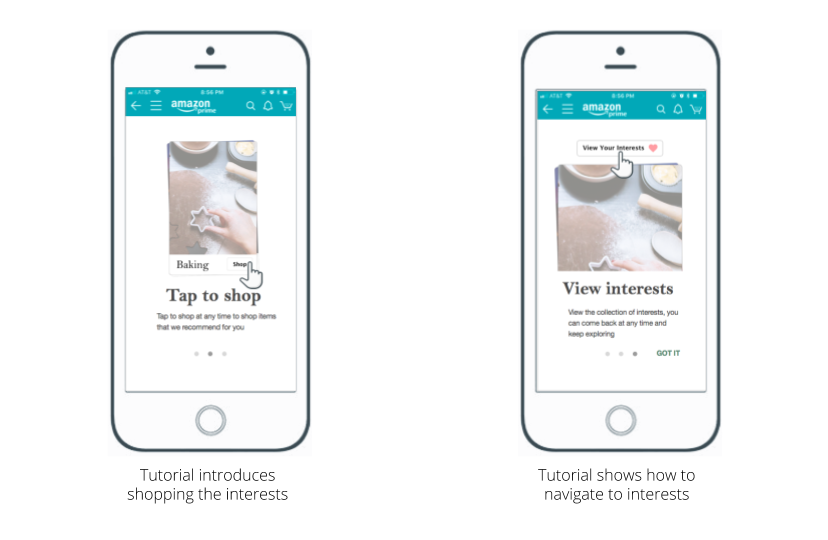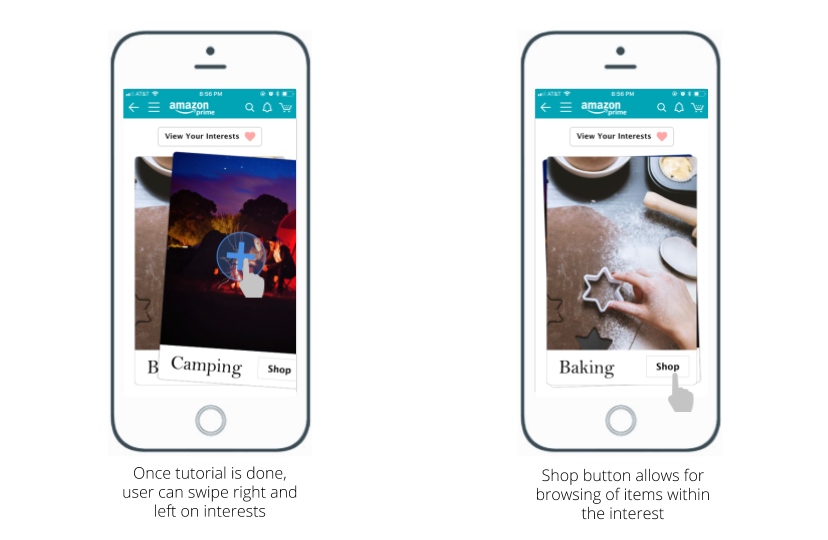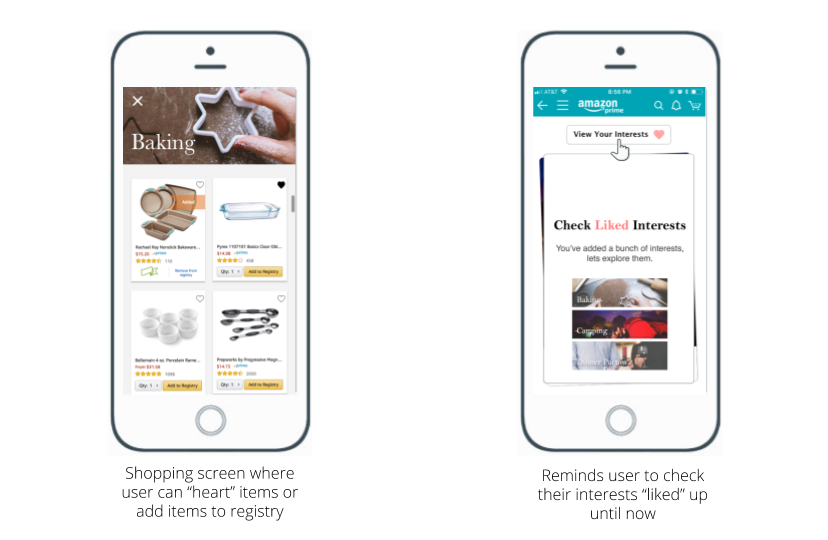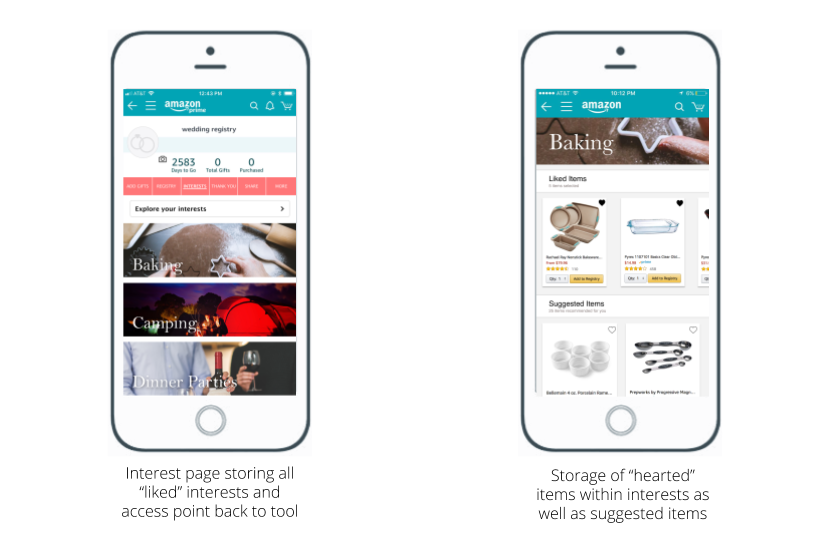Sprout (Amazon Wedding Registry)
Transforming couples’ wishes into a registry that’s uniquely theirs
My Role
Student UX Designer & Researcher
Duration
March - June 2018
Overview
The Amazon Wedding Registry is a platform where couples can curate a list of desired items, accessible to guests for easy purchasing. Our team was tasked with enhancing the registry experience, with the freedom to focus on any aspect. This allowed us to fully immerse ourselves in the experience, resulting in the creation of a tool that empowers couples to build a registry that truly reflects their personalities and preferences.
User problem
Planning a wedding can be a daunting task, with numerous decisions to make for the special day. While a registry is a useful tool for couples to guide their guests' gift-giving, it also presents its own set of challenges. Creating a registry can overwhelm couples as they navigate Amazon's vast catalog of products, and they must also keep their registry up-to-date for their guests until the wedding day, adding to the overall stress of the planning process.
Discovery research
To gain a comprehensive understanding of the emotional and practical challenges couples face when creating and maintaining their wedding registries, our team conducted a competitive analysis of popular registries and interviewed eight recently married couples. Here were our key findings.
1. Couples were unsure what to add
When starting a registry, couples did not know what items to include or what's acceptable.
Online forums and recommendations from family and friends were too general.
2. Couples wanted to be considerate of their guests
Couples wanted to create a list with a wide price range to accommodate varying financial means.
Couples were unsure how to distinguish between the essentials and nice-to-have items.
3. “Couple” means two people’s inputs
Both partners needed to agree on the items added to the list requiring open communication, easy collaboration, and joint refinement of the list.
Ideation
By gaining a deeper understanding of the challenges couples faced when creating their registry, we were able to brainstorm ways to enhance the experience. Through multiple rounds of ideation, we decided to develop a new tool that leveraged the couple's interests to streamline item discovery, enable seamless collaboration, and facilitate effortless refinement.





Usability testing
With the introduction of a new tool to the registry, we conducted four testing sessions to determine if it alleviated the known stresses and to identify any issues that might hinder couples from building their registry. Our learnings were:
1. Couples skipped the tutorial
Most couples easily picked up on the interaction model without needing the tutorial.
2. Couples found lifestyle related recommendations helpful
Couples were excited to search for items based on their personal lifestyles and interests.
Couples gained confidence in finding appropriate items for their registry.
3. Couples enjoyed the ability to favorite items
Favoriting items provided an opportunity to consider and discuss an item without worrying about it being added to the official registry.
Final designs
Tutorial
When a couple uses the app for the first time after setting up their registry, they will be introduced to the lifestyle tool and a quick how-to.
Interests Tab
Couples are able to review the overall lifestyle categories and favorite specific items within the category, allowing for the opportunity to consider and discuss the items with their partners.
Interests Browsing
Interests categories that have been favorited can always be browsed again at a later point to discover more related items.
Demo video
Personal learnings
Storytelling is essential
Through regular meetings with our project team and advisors, I learned the value of clear and concise communication. I developed the ability to effectively articulate our progress and design decisions, keeping everyone informed and empowering them to provide constructive feedback.
Partnership support is powerful
Collaborating with a Product Manager for the first time was a valuable learning experience, offering me insight into the PM role and the collaborative dynamic between designers and PMs. I learned how our roles support each other in achieving shared goals.

